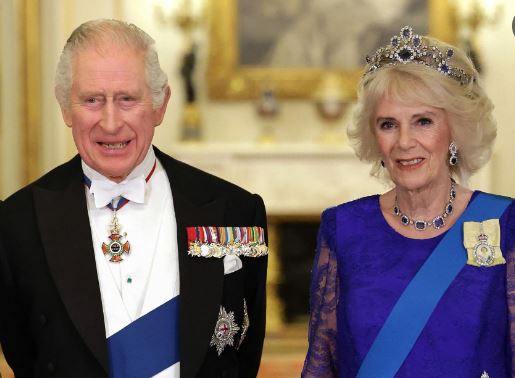
In the digital world, chaos unfolded as the Royal family’s website was attacked. The site, a symbol of tradition, was down for an hour and a half, causing uncertainty. It was a rare breach of the normally secure site.
A feared Russian hacking group named Killnet admitted to the attack, but their efforts proved futile. They couldn’t breach the Royal family’s digital defenses or access their valuable data. The defenders stood strong, protecting the secrets within their digital kingdom.
Killnet’s motives were clear—a pro-Kremlin faction known for launching denial of service campaigns against nations supporting Ukraine, especially NATO countries. In this attack, they sought to send a message, a digital thunderclap echoing through the virtual corridors of power.
By midday, the Royal family’s website, like a phoenix rising from the ashes, was restored to its former glory. Buckingham Palace maintained a dignified silence, neither confirming nor denying the audacious intrusion. The cyber battle was won, but the war in the digital age raged on, a constant reminder that even the most venerable institutions were not immune to the chaos of the cyber frontier.














